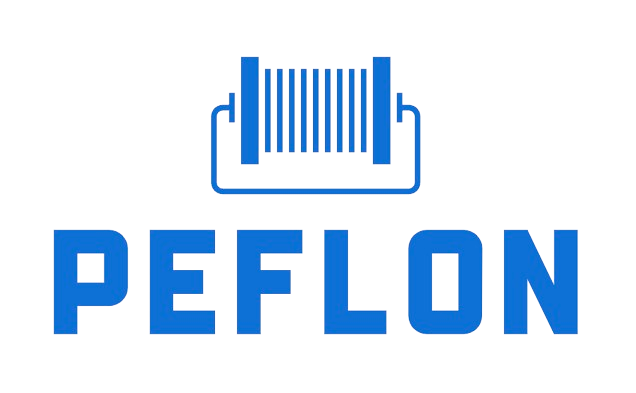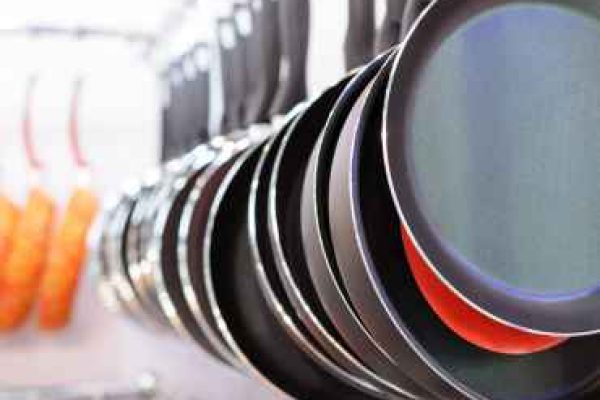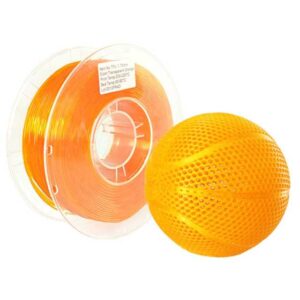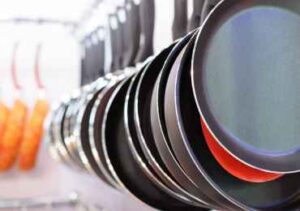Polytetrafluoroethylene (PTFE) is a versatile material known for its non-stick and heat-resistant properties. It is widely used in industrial, automotive, and household applications. Understanding the temperature limits of PTFE is crucial to ensure its longevity and performance.
Understanding PTFE’s Thermal Properties
PTFE is designed to withstand a wide range of temperatures. Its structure provides excellent thermal resistance, making it ideal for applications where heat is a factor. However, there are limits to how much heat PTFE can endure before it begins to degrade.
Temperature Limits for PTFE
PTFE can safely operate within a temperature range of -328°F to 500°F (-200°C to 260°C). When temperatures exceed 500°F (260°C), PTFE starts to lose its structural integrity and can become damaged. If you’re cooking in a non-stick pan, remember not to keep the pan from getting too hot, keep it at a little over 260 degrees. Prolonged exposure to temperatures above this point can lead to significant deterioration.
Signs of PTFE Damage Due to Heat
When PTFE is exposed to excessive heat, physical changes can occur. These include discoloration, warping, and the material becoming brittle. Such symptoms indicate thermal degradation and a loss of the material’s beneficial properties.
Factors Affecting PTFE’s Heat Resistance
The thickness and form of PTFE can influence its ability to withstand heat. Thicker PTFE materials generally have better heat resistance. Additionally, environmental and operational conditions, such as pressure and exposure to chemicals, can affect its thermal performance.
Comparing PTFE with Other Materials
Compared to other polymers, PTFE offers superior heat resistance. This makes it a preferred choice in high-temperature applications where other materials might fail. Its unique combination of properties provides advantages over other non-stick and heat-resistant materials.
Preventing PTFE Damage in High-Temperature Environments
To prevent damage, it’s essential to follow best practices when using PTFE in extreme conditions. This includes monitoring temperature levels and implementing protective measures, such as using insulation or combining PTFE with other heat-resistant materials.
Applications that Challenge PTFE’s Temperature Limits
Certain industrial applications expose PTFE to high temperatures, pushing its limits. Innovations in PTFE formulations are continually being developed to enhance its heat resistance, allowing it to meet the demands of these challenging environments.
Conclusion
PTFE is a remarkable material with a high tolerance for heat, but it does have its limits. Understanding these limits is crucial for choosing PTFE in high-temperature applications. By recognizing the signs of thermal damage and following preventive measures, PTFE can continue to perform effectively in demanding conditions.





